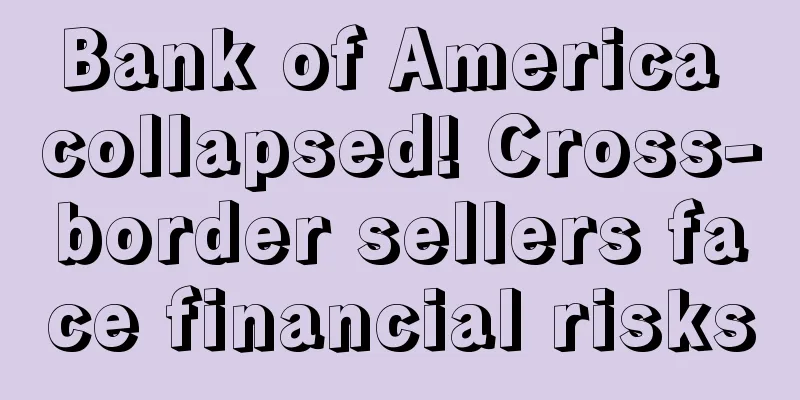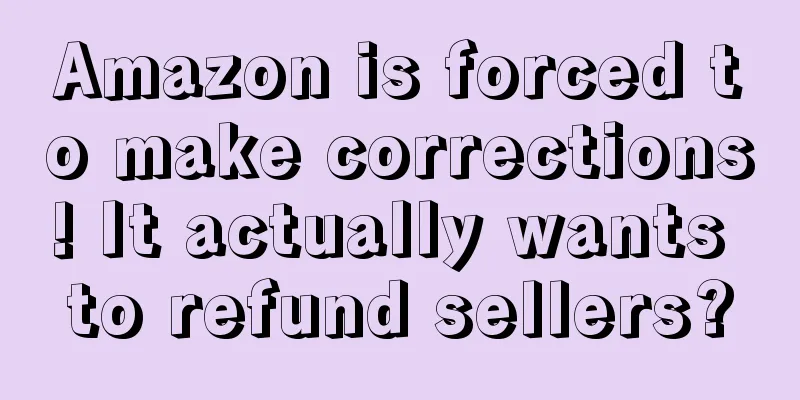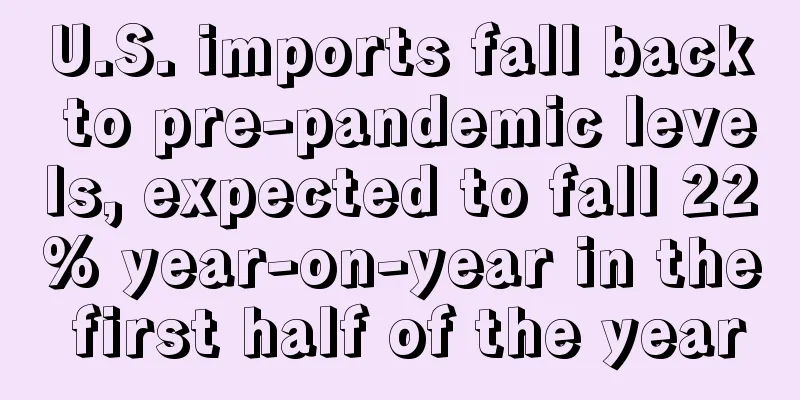Bank of America collapsed! Cross-border sellers face financial risks

|
Last Friday, a shocking event happened in the United States. Silicon Valley Bank, a well-known bank ranked among the top banks in the United States, declared bankruptcy! The deposits involved were as high as hundreds of billions of US dollars! This is not a small bank. Silicon Valley Bank ranks about 16th in the ranking of banks in the United States. You may not feel much. In China, banks at this position are almost the top local commercial banks, such as China Guangfa Bank. By comparing them, you should have an idea of how terrible the impact of the bankruptcy of Silicon Valley Bank is. This is also the second largest bank to go bankrupt in the history of the United States. At the same time, Silicon Valley Bank is also one of the driving forces behind the rise of Silicon Valley in the United States . Many well-known Internet and technology companies have been supported by it in the early stages. The reasons for the bankruptcy are actually quite ridiculous. Let me briefly summarize them. “ Silicon Valley Bank's bankruptcy The bankruptcy of Silicon Valley Bank is closely related to the interest rate hike of the Federal Reserve, which we often discuss. Because the Federal Reserve has been raising interest rates for a year, many companies want to withdraw the money they deposited in Silicon Valley Bank to invest in other places. In addition, many technology companies had poor stock prices last year and needed to take out deposits to support their business. In short, the total amount of deposits in Silicon Valley Bank has been rapidly declining. Silicon Valley Bank invested too much money in government bonds in the past few years. The current yield of government bonds is a loss, but if these bonds are not sold, it will not be considered a real loss. When faced with a large number of withdrawals, Silicon Valley Bank had to sell some government bonds and other investment products at a low price to cope with the withdrawals. At this time, the floating loss became a real loss, causing the stock price to fall. And when the news of the sale of investment products came out, the market also doubted whether Silicon Valley Bank's business capabilities were normal. Finally, a panic run occurred, which directly led to the bankruptcy of Silicon Valley Bank. It took only two days from selling government bonds and investment products to cope with withdrawals to declaring bankruptcy . You can see how harmful this panic run is. Let me insert a point here. In fact, Silicon Valley Bank's own business orientation also laid a risk point. The United States has a deposit insurance system just like us. The Federal Deposit Insurance Corporation (FDIC) provides full compensation for all deposits below 250,000 US dollars. However, Silicon Valley Bank itself only serves corporate customers, so the amount of funds in a single account is very large, and more than 90% of the accounts do not meet the conditions for full compensation . Corporate users who are not covered by deposit insurance must be more sensitive to their own funds , and they will transfer funds as soon as there is any disturbance. More than 90% of Silicon Valley Bank's users are of this type, so once the atmosphere of panic is hyped up, it will really be a matter of a moment. In fact, Silicon Valley Bank’s performance was not bad, and it was not really without money. It was doing good things to serve the real economy, but the final outcome was regrettable. And the bankruptcy of Silicon Valley Bank is also closely related to the cross-border industry. “ The impact of Silicon Valley Bank’s collapse on the cross-border industry In fact, we have mentioned a very fatal point for cross-border sellers above , that is, Silicon Valley Bank particularly likes to serve Internet high-tech customers, so it has in-depth cooperation with many companies around the cross-border industry. For example, Shopify is one of Silicon Valley Bank’s major customers. Another platform, Etsy, has begun to issue notices that US sellers have delayed remittances, which may also be related to the Silicon Valley Bank incident. In addition, there are many peripheral service providers in China that have cooperation with Silicon Valley Bank, such as logistics, and the most important third-party payment platform. This directly threatens the most important issue of fund security for cross-border sellers, which is related to whether the hard-earned money can be withdrawn. Although the FDIC has announced that all depositors of Silicon Valley Bank can withdraw their money normally, it has not fundamentally solved the problem, and the impact of the interest rate hike has not been eliminated, which means that the relevant risks still exist. Therefore, sellers should pay attention to the issue of fund security. When choosing a third-party payment collection platform, it is best to understand the situation of the cooperative bank of the payment platform. Here, I would like to popularize a concept called "Global Systemically Important Banks". After the financial crisis in 2008, international banking regulators selected the world's 28 top banks and made additional security requirements for them to prevent the economic crisis from recurring. It can be said that these are the 28 safest banks in the world. When choosing a third-party payment collection platform, it is best to choose a payment collection platform that cooperates with these banks. For example, NetEase Payment cooperates with Citibank. On one side is the international top clearing bank, and on the other side is the domestic top Internet company, so the fund security is more guaranteed. |
<<: The US consumer market is picking up! Online e-commerce is growing significantly
Recommend
Another platform bonus is coming! Newegg takes advantage of live streaming to sell goods
It is learned that on May 11, Newegg held a discus...
What is StockExpress? StockExpress Review
The French STOCK EXPRESS overseas warehouse is a k...
What is PayPass? PayPass Review
PayPass is a new contactless credit card system la...
What is Dibz? Dibz Review
Dibz is an easy-to-use SEO tool that allows users ...
Amazon will ban the sale of these products from May 19! Check for sensitive words now
Recently, Amazon UK issued an announcement stating...
What challenges may Shein face as it steps up its efforts to become a third-party platform in the United States?
It is learned that after industry insiders reveale...
What is Wish Five-Star Program? Wish Five-Star Program Review
The Wish Five-Star Plan was announced at the "...
Yay! Amazon's new upgraded detail page!
Recently, Amazon's product pages have undergo...
How to optimize SP ads? Don’t ignore these six Amazon advertising reports
For sellers using SP ads, having a report that can...
What is CrowdTangle? CrowdTangle Review
CrowdTangle is a tool that publishers can use to t...
What is VCKOVCKO? VCKOVCKO Review
VCKOVCKO is a store that specializes in wigs, brai...
It's trending! #Amazon charges 116 yuan for a fake review# #Amazon spawns fake review company#
According to foreign media reports, fake reviews o...
What is PackLink? PackLink Review
PackLink was founded in 2012. It is a logistics se...
What is The Iconic? The Iconic Review
Founded in 2011, The Iconic is Australia's lea...
The Latin American e-commerce market is about to usher in the biggest sales season of the year. Are Chinese sellers ready?
The Latin American e-commerce market is about to u...









